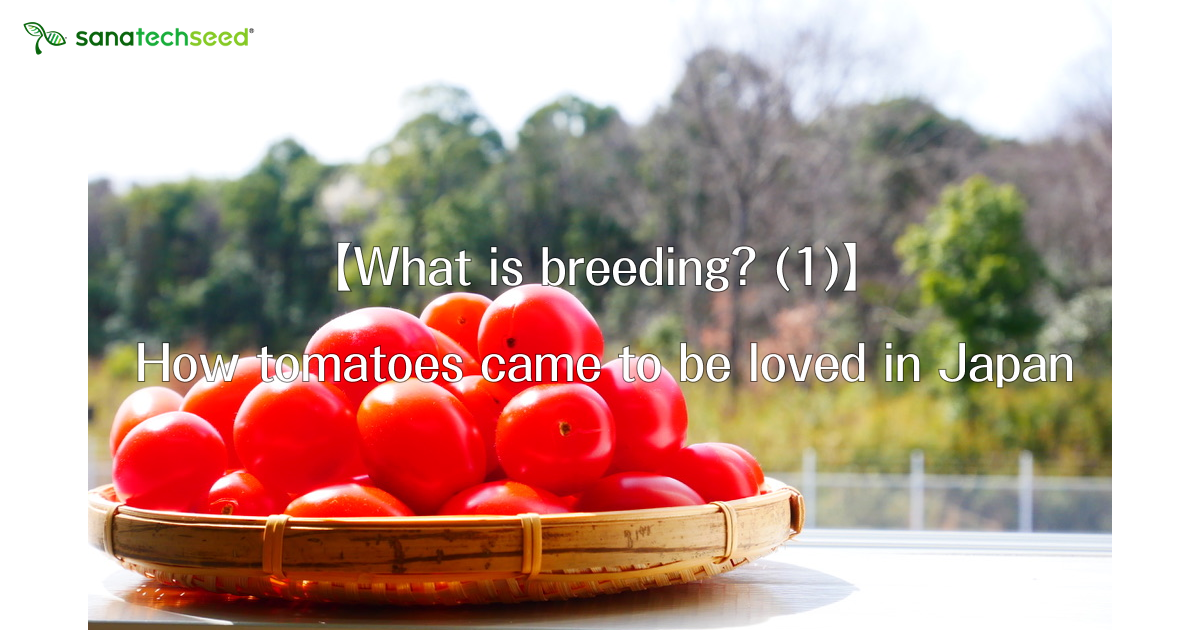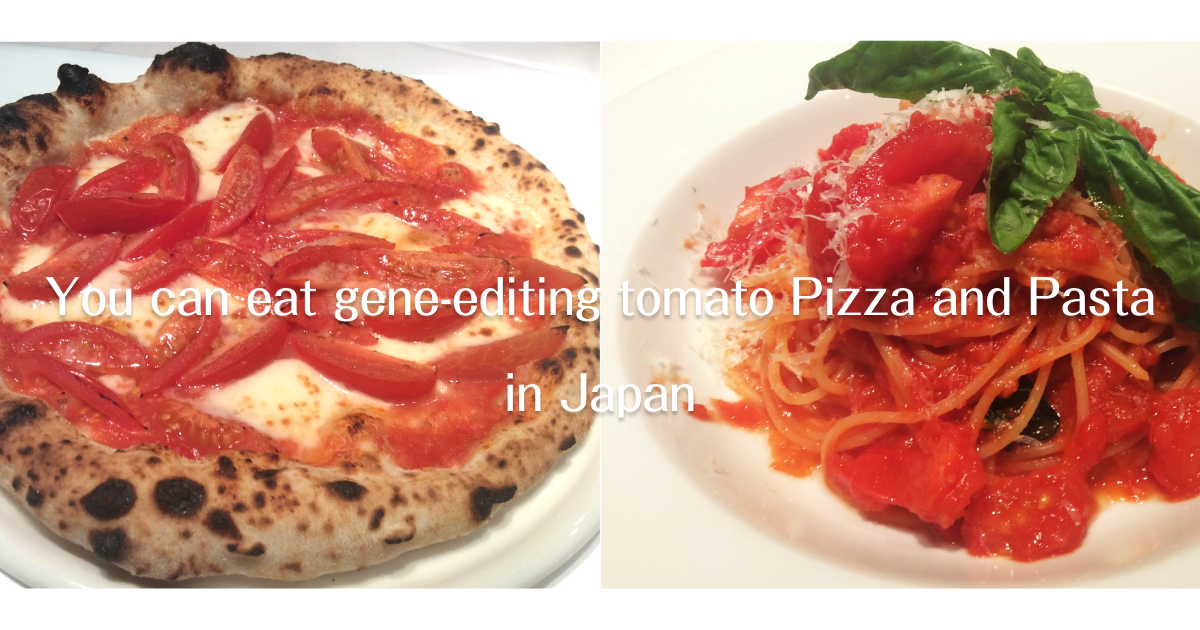Recently, the tomato section in supermarkets has been getting bigger and bigger. It is said that there are more than 10,000 varieties of tomatoes in the world, and it is estimated that they originated in the Andes region. How did they come from the distant continent of South America to Japan?
From Mexico to Europe, and then to Japan
The ancestors of the cultivated tomato (wild species) still grow wild on the Pacific coast of South America, where the Andes Mountains run north to south, and on the Galapagos Islands, 900km west of the Andes Mountains. Some wild species remain green and do not change color, while others change color as they mature. It is believed that some of these color-changing ancestral species produced relatively large fruits that were selected and eaten by the indigenous people of Mexico, leading to the cultivated species we know today.
Mexico has been visited by many voyagers since the 15th century, including Columbus who crossed the Atlantic Ocean from Europe in 1492 and reached the islands around the American continent. They brought tomatoes back to Spain, which was the turning point in the spread of tomatoes around the world. The most popular theory is that the tomato spread from Spain to the rest of Europe, and then to Japan via Portugal.

First as an ornamental
In all countries, the tomato was initially introduced as an ornamental. When tomatoes first arrived in Europe, they were thought to be poisonous because the fruits were very similar to those of poisonous plants in the Hozuki family, or because they were considered immoral with a kind of aphrodisiac property. However, by the 1770s, it was mentioned as an edible food in several documents in Europe. It took nearly 150 years from the time it was brought to Spain until it was recognized as edible.
In Japan, in the “Sketchbook” of Kano Tanyu from the Edo period (1668), there is a picture of a tomato along with the word “Karasuubi” (Chinese eggplant), but it was not until the Meiji Restoration that tomatoes were actually cultivated as a vegetable.
The popularity of tomatoes in Japan
From the early Meiji era to the early Showa era, tomatoes were imported from the United States, England, and France and cultivated as is. Tomatoes with peach-colored skins, such as “Ponterosa” and “Jun Pink,” were large and had less acidity and aroma characteristic of tomatoes, and people who were not used to eating tomatoes found them beautiful. As a result, the trend of choosing tomato varieties based on taste was born.
Another reason for the increased familiarity with tomatoes was the Western food boom that began in the Taisho era. Omelets and pork cutlets were made with ketchup and sauces made from tomatoes, and the consumption of tomatoes increased dramatically. The area under cultivation increased from only 60 hectares in the early Meiji era to over 10,000 hectares in 1948. During this time, tomato breeding progressed, making tomatoes more resistant to disease and less smelly (more on this in the next article!). In recent years, tomatoes have become so popular that supermarkets now offer a wide variety of tomatoes, from large to small, depending on the purpose.
In addition, tomatoes contain a lot of lycopene and vitamin C. In the 2000s, research on the effects of lycopene and vitamin C began to be conducted, and food manufacturers began to participate in the health boom.
(Reference books)
Toshihito Tabuchi: “Marugoto wakaru tomato,” Seibundo Shinkosha, 2017
Yasuo Ukai and Ryo Osawa (eds.), The World History of Breeding, (Takashi Kaya, Chapter 13, Tomato), Yushokan, 2010.
Epe Heuvelink (ed.) (supervised by Akimasa Nakano and Hideo Ikeda), “Tomatoes”, Rural Culture Association Japan, 2012.



